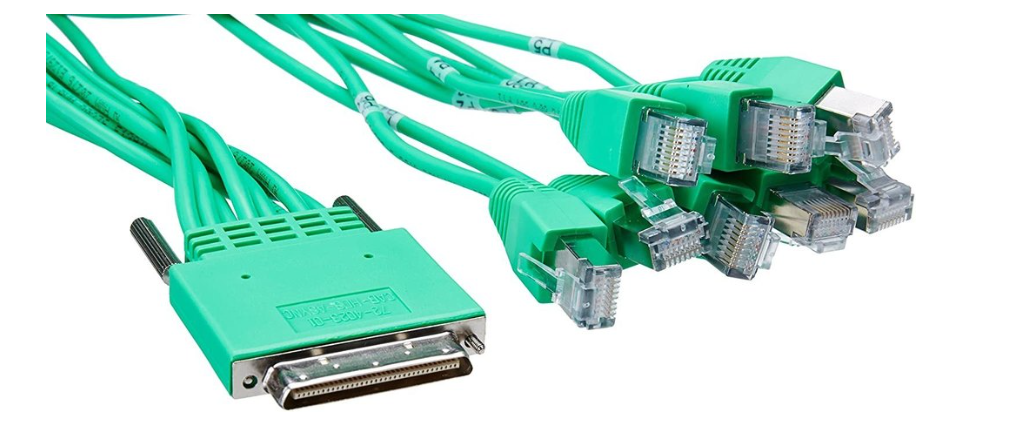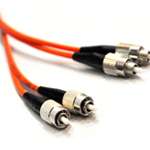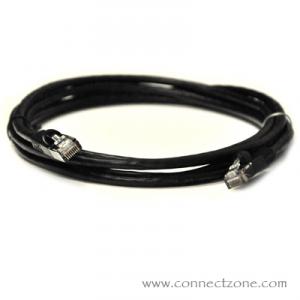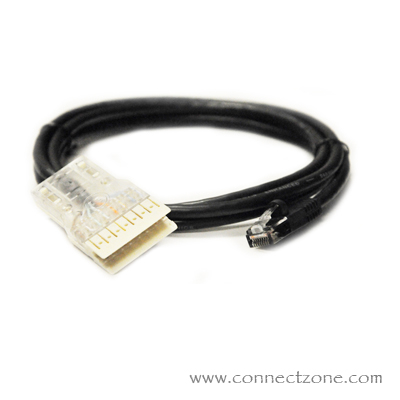We use cookies to make your experience better. Read more
09 Sep, 2011

How To Setup A Home Network
If you have multiple computers in your home, networking them is a great idea! There are several big advantages to setting up an in-home network:
- If one of the computers has a printer attached, then the other computer can print to it over the network.
- If one of the computers has certain files on it, someone on the other computer can access those files over the network rather than having to copy them onto a disk or memory stick.
- If you like playing multi-user computer games that have network capabilities built in, then two people can play these games together over the network.
- If you connect to the Internet with one of the computers, the other computer can use that same connection over the network. So one computer can connect to the Internet with a modem and the other computer will route its Internet traffic through that single connection.
Home Network Setup Options
One way to do it is to buy and install network cards in both machines if you computers don't already have built-in cards. You can go to an electronics store and get an inexpensive network card for $20 to $30 these days. You have to open the computer to plug the card in, and then install the driver software. You also have to purchase two network cables ($10 to $20 each) and a small hub ($30 to $40) to physically connect the two machines together. Once you get it all together, the two machines should be able to talk to each other. This approach has two advantages:
- The network will be very fast -- up to 100 Mbps, and at least 10 Mbps.
- It only costs about $100.
- You have to open the case and install a card if your computer doesn't come with a built-in card, which intimidates some people.
- You have to run thick network cables around the house. If the computers are in the same room that's okay, but if they are on different floors it can be messy.
- Higher prices (for the USB version)
- Slower speeds (for the USB version)
0 Comment(s)






